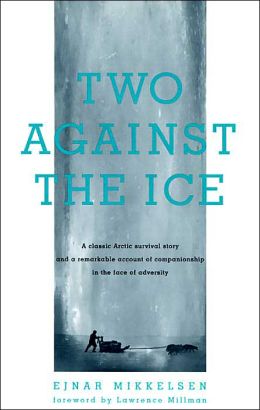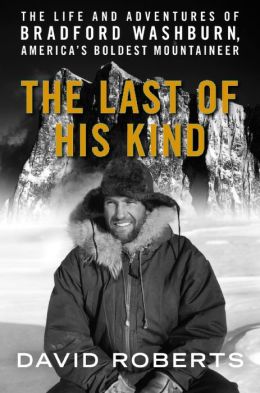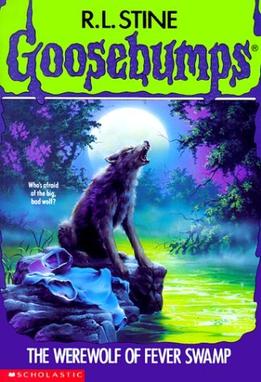American companies looking to outsource work to China will find it
surprisingly easy to get started, explains Paul Midler in the excellent
"Poorly Made in China." Chinese manufacturers eagerly woo foreign
businesses with promises of a simple start-up
–"All we need is your
sample"
– and tantalizingly low prices.
But beware, Midler warns.
"Many deals that initially seem too good to be true in China, like a
low price, often end in tears and disappointment," he writes.
In "Poorly Made in China," Midler uses his personal experience as an
intermediary between Chinese and American companies to outline the many perils that face foreign firms that are lured to China.
For any company considering shifting manufacturing to China, this book
should be required reading.

For consumers, it's an eye-opening look for
at slipshod manufacturing processes that create countless products for
U.S. consumption.
Midler, who lived and worked in China for years, describes many ploys used by Chinese factory owners, including:
- Quality fade. After first creating a product that meets requested
standards, Chinese manufacturers will then gradually introduce cheaper
ingredients or skimp on key parts – hoping no one will notice. Midler
recalls the maker of shampoo bottles who slowly reduced the amount of
plastic in the product, until they started bursting in shipment. "It's a
goddamn plastic bag," the American importer complained.
- Last-minute price increases. After a U.S. company has won a large new
order from a retailer, and the order has been sent to China, the
manufacturer will suddenly announce a price increase. It's too late to
find another supplier, and the Chinese company knows it.
- The
convenient misunderstanding. A Chinese manufacturer changed the price it
had offered for selling aluminum tubing from 1.9 renminbi per foot to
1.99 renminbi per foot with a simple phrase: "You heard me wrong." Also,
the agreed tubing lengths were changed from 10-feet to 3 meters, a
slight change that conveniently favored the Chinese. Again, it was too
late to find another maker.
- Skimming. Midler found Chinese
manufacturers skimming off extra products and selling them elsewhere,
sometimes as knock-offs of the original products they were making.
"Chinese suppliers could work magic when it came to keeping their
prices cost competitive, and yet they had a strong affinity for the
small nibble, and it was these small bites that frustrated importers
more than anything," he notes.
While Midler lays most of the
blame on the Chinese, he makes it clear that the U.S. companies were
often complicit in the behavior that led to problems. In many cases, the
Americans didn't care
how a product was made as long as it was made.
Combine that attitude with the inclination of Chinese manufacturer to
save money, and inevitably you're going have problems, like lead in toys
and poisonous substances in toothpaste.
Along with the
business issues, Midler offers illuminating stories of cultural
conflicts. He found it impossible to get the owners of one plant to
convince their workers to wash their hands
– and this was in a soap
factory. Factory owners would not remove an unqualified worker from an
assembly line
– because it might embarrass the employee.
While
some have argued that Chinese manufacturing will improve in safety and
reliability as the country blossoms, Midler disagrees.
"My own
experience suggested the opposite
– that things were getting worse, if
only because factory owners were picking up more tricks as they went
along. And importers who placed increasingly larger orders in China did
not help matters, but gave factory owners courage and the sense that
they could push limits."
---
(Please support this blog by clicking on an ad, or by donating via
the Paypal button below.)






